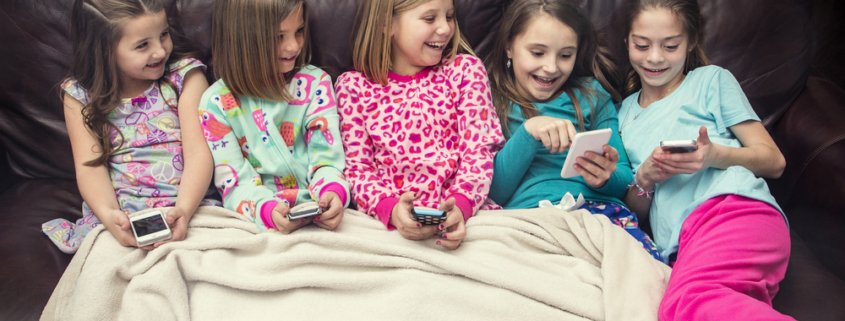Lice Sprouting Up This Spring Break
What plans do you have for your family this spring break? Millions of people travel with extended family and friends to enjoy the newly grown green grass and beautiful spring blossoms. Maybe you are visiting grandparents or heading to a campsite? Whatever your spring break plans, take a minute to stop and consider how to protect your family against catching head lice.
With Warmer Weather Comes More Head Lice
Have you heard of any head lice cases in your area? As the sun heats up, so will your child’s chances of getting head lice. As the winter months go by it is possible to spread head lice as children play indoors together and may share winter gear. However, as kids activities move outside, spring team sports begin, and school is out children spend more time together. More time spent playing together means more cases of head lice.
Family Vacations May Be a Chance to Get Away, But Not From Head Lice
If you do have plans for visiting family this spring break it’s a good time to look at the facts about head lice. They do not fly, jump or hop. Adult head lice are usually transferred by direct head to head contact. Or, head lice crawl from an item of an infected person onto another’s head. That is why as cousins are cuddling up in the hotel room to watch a movie or sleeping under the stars on a camping trip it is wise to be cautious of sharing bedding, pillows, towels, stuffed animals and even clothing like sweaters. Also be aware that screen time is often a means of contracting head lice. Kids who share iPads, iPods, smartphones or tablets on trips might be sitting closely together for hours to view their entertainment. This can lead to direct head to head contact which in turn transfers head lice.
Signs of Head Lice Show Up Weeks After Infection
Adult lice begin immediately sucking blood from their victims several times a day, laying eggs and burrowing around the scalp. One female louse can lay up to 5 eggs a day, up to 100 eggs in her lifespan. A nit, or lice egg, takes 8-9 days to hatch. That is why an initial infection is extremely difficult to catch. Only after the lice eggs hatch and you have many young lice feeding, crawling and living on the scalp is the problem usually apparent. The Centers for Disease Control and Prevention tell us that there are some major symptoms to watch out for. These include:
- Tickling feeling of something moving in the hair.
- Itching, caused by an allergic reaction to the bites of the head louse.
- Irritability and difficulty sleeping; head lice are most active in the dark.
- Sores on the head caused by scratching. These sores can sometimes become infected with bacteria found on the person’s skin.
Your Best Chance For Immediate Relief
The new method of dehydrating head lice and their eggs is a sure-fire, proven way to eliminate the problem in a single application. Our Lice Clinics treat thousands of clients with the AirAllé medical device, an FDA-cleared medical process that has over a 99% rate of efficiency. If you have any problems or questions about what we offer, please take a moment to call our office. A professional staff member, knowledgeable and experienced can help you understand the most reliable options for you and your situation.










